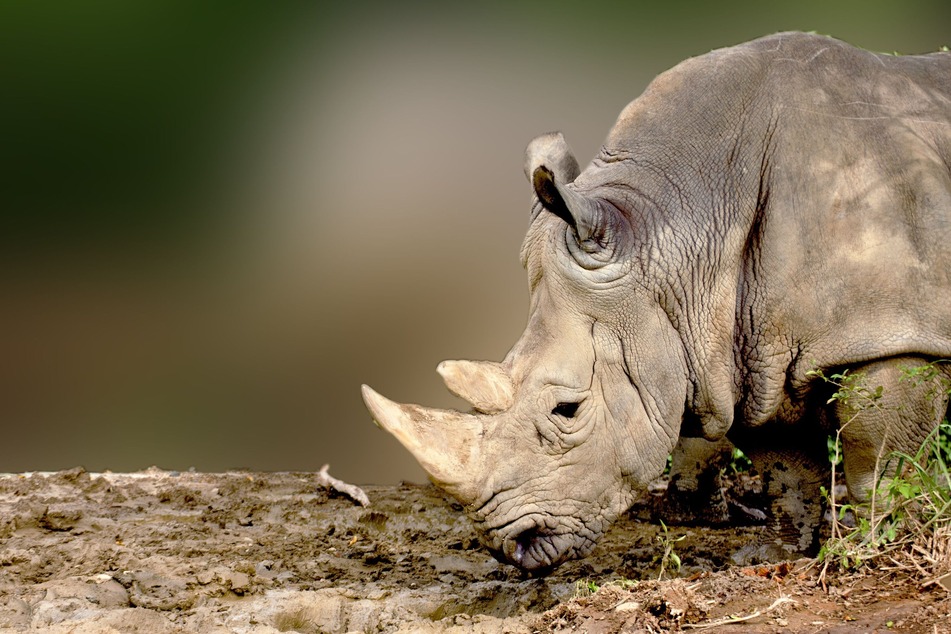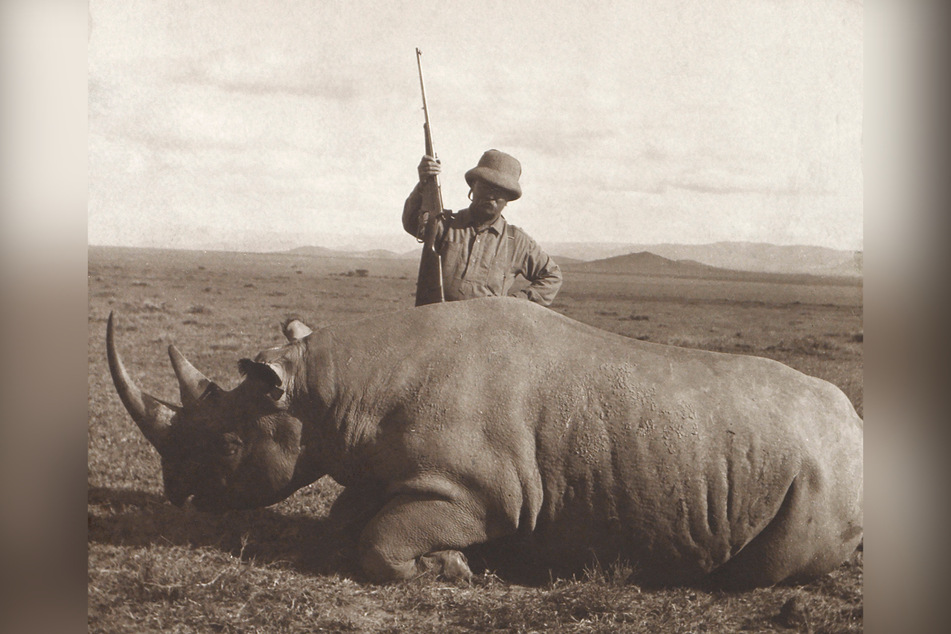Rhino horns have shrunk over the past century, study finds
Helsinki, Finland - Rhinoceros horns across all species have gradually shrunk over the past century and hunting may be the likely cause, scientists believe.

The findings, published in the journal People And Nature, are based on an analysis of photos of the creatures from the past 140 years.
The experts from the University of Cambridge said rhino horns are seen as a financial investment, hence the animals are often trophy hunted.
The horns are also used in traditional medicines in China and Vietnam.
The researchers believe that shooting rhinos with the longest horns means that only smaller-horned survivors remain.
These rhinos are now passing on their smaller traits to future generations.
Oscar Wilson, formerly a researcher in the University of Cambridge's department of zoology, who is first author of the report, said: "We were really excited that we could find evidence from photographs that rhino horns have become shorter over time."
"They're probably one of the hardest things to work on in natural history because of the security concerns."
Wilson, who is now based at the University of Helsinki in Finland, added: "Rhinos evolved their horns for a reason – different species use them in different ways such as helping to grasp food or to defend against predators – so we think that having smaller horns will be detrimental to their survival."
Scientists use archive images to track rhino horn length

The researchers measured the horns of 80 rhinos, photographed between 1886 and 2018 with their horns in full view.
The photographs – found in the online repository The Rhino Resource Center – include all five species of rhino: white, black, Indian, Javan, and Sumatran.
They looked at images of rhinos shot dead by hunters, including one showing former US President Theodore Roosevelt, taken in 1911, standing over a black rhino he had just killed.
The researchers also measured other rhino body parts so the horn length could be accurately measured in proportion to body size.
The team considered rhino artwork covering a span of more than 500 years, when drawings were used to keep records of species.
The images and artwork show that until the 1950s, there was very little effort to promote rhino conservation to the public.
Wilson said: "For at least a few decades now there's been much more of a focus on the conservation of rhinos – and this is reflected in the more recent images, which relate to their conservation in sanctuaries or their plight in the wild."
Rhinoceros are endangered species with fewer than 30,000 living in the wild today. At the start of the 20th century, there were more than 500,000.
Three species of rhino – black, Javan, and Sumatran – are classed as critically endangered.
Cover photo: 123RF/photoncatcher

